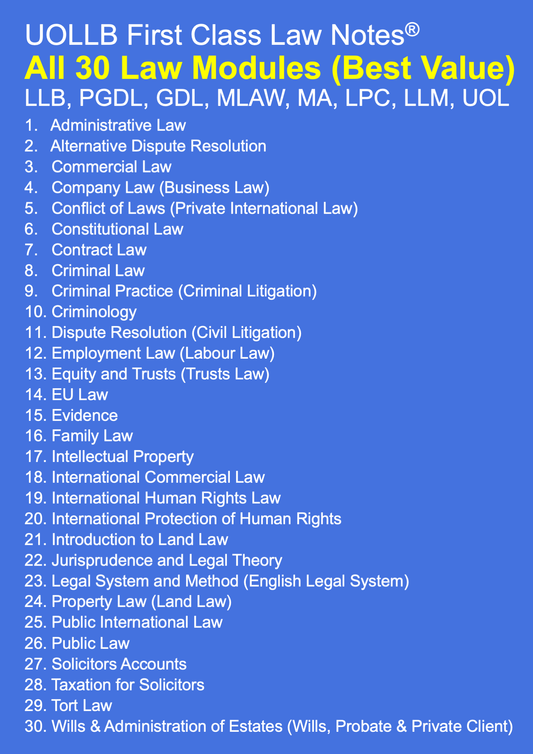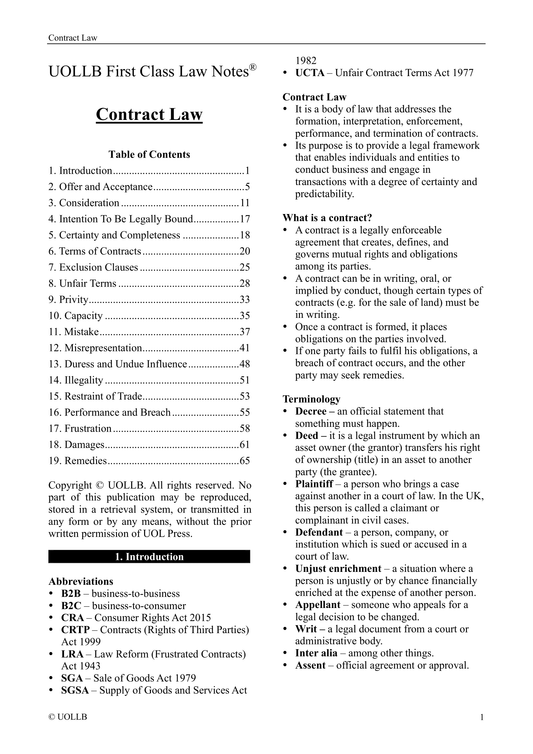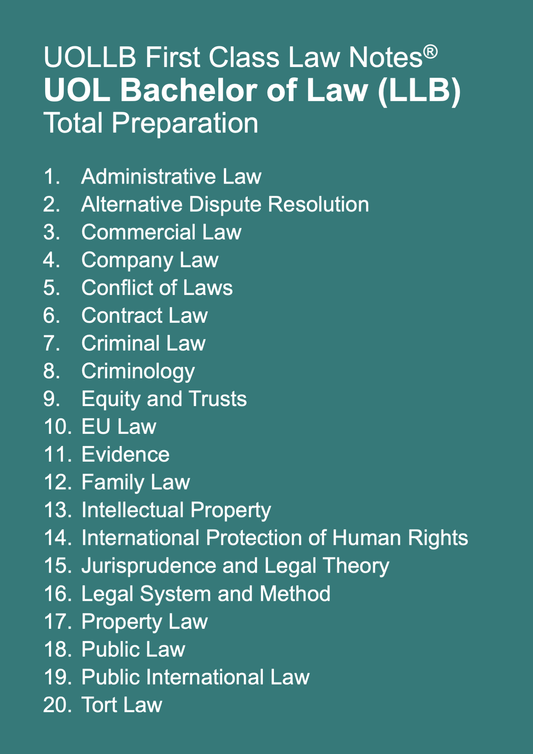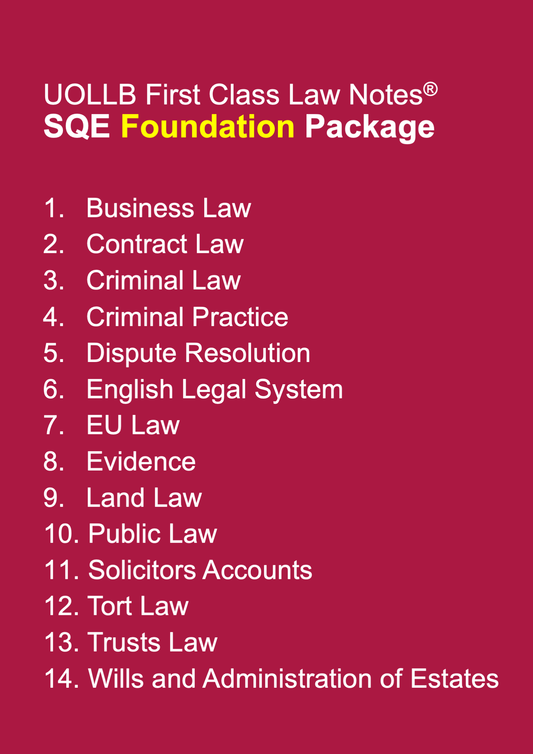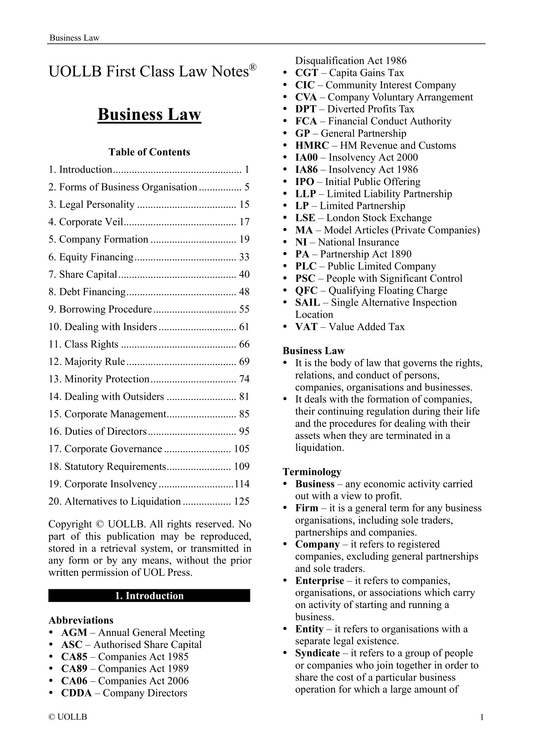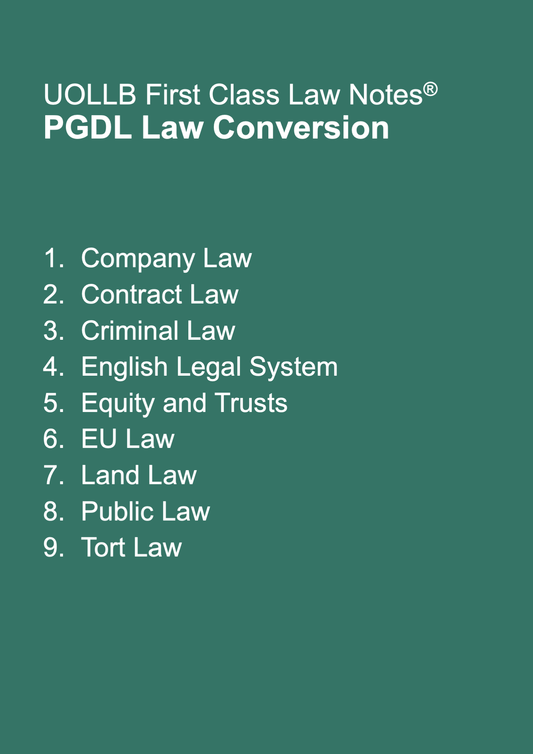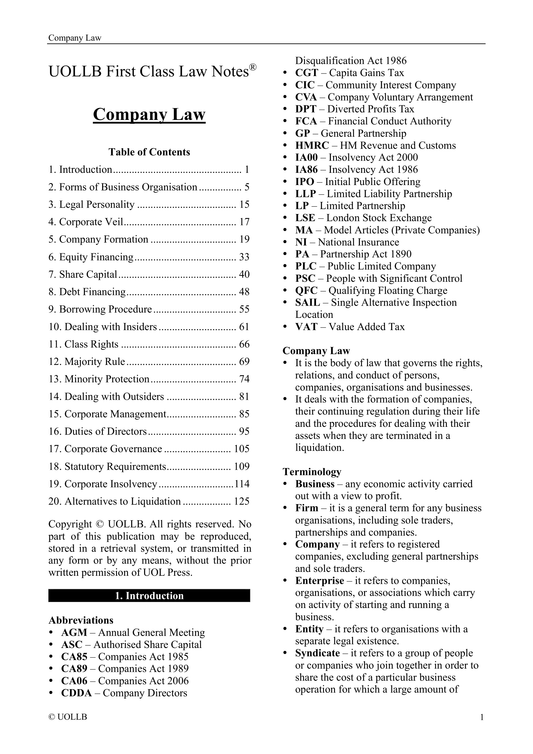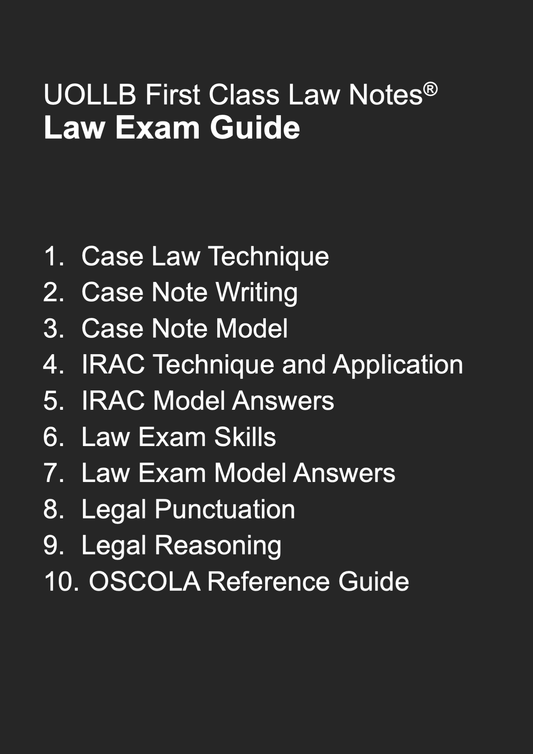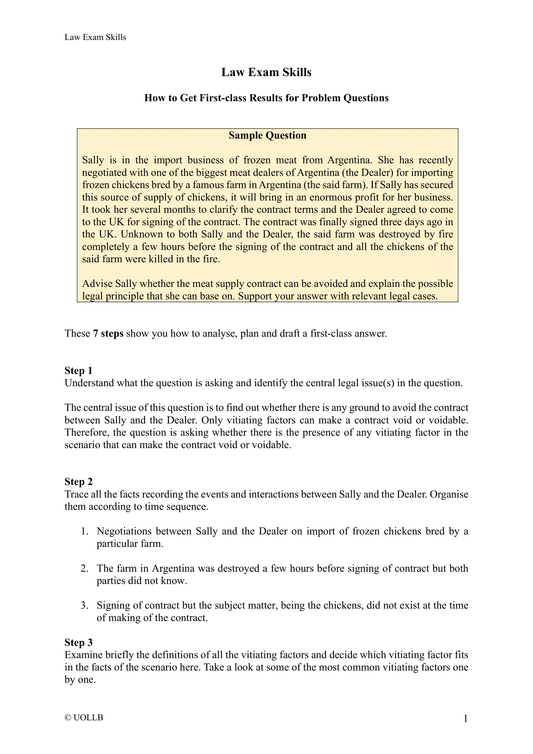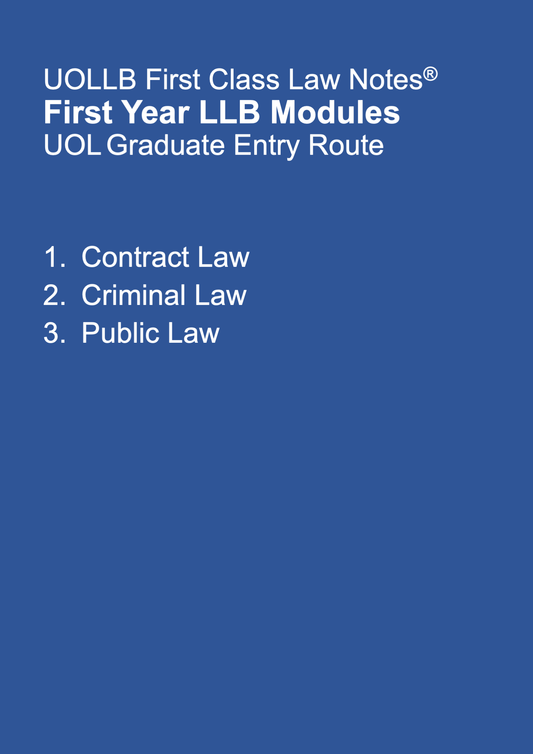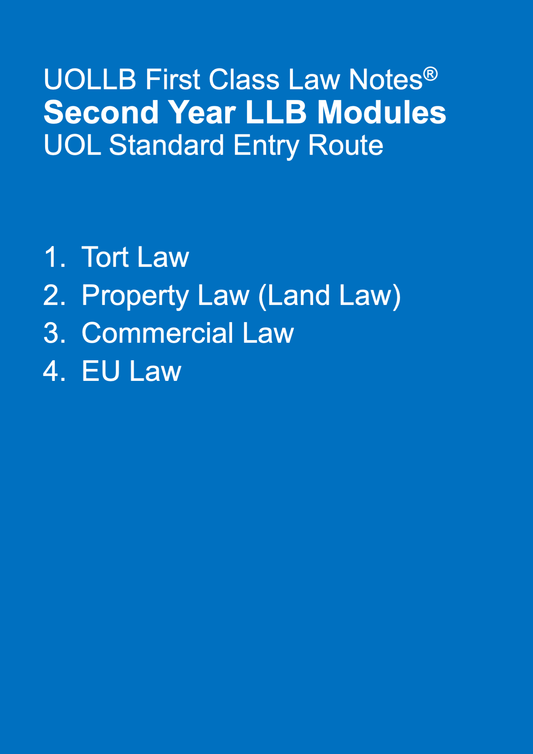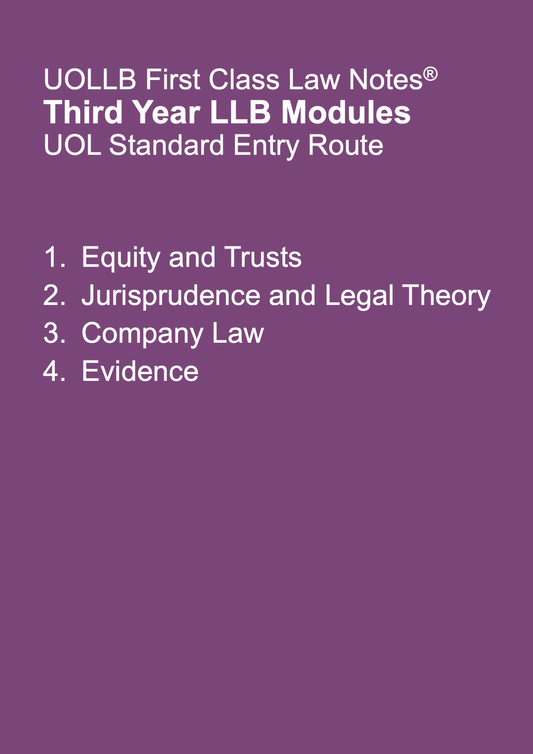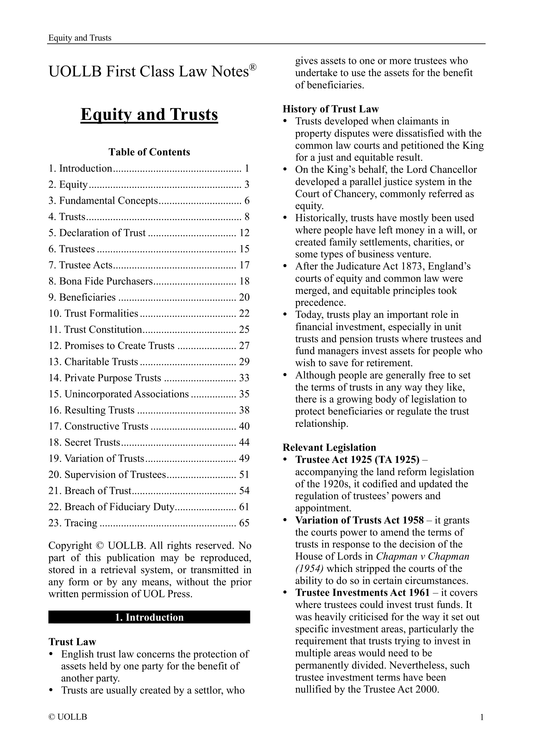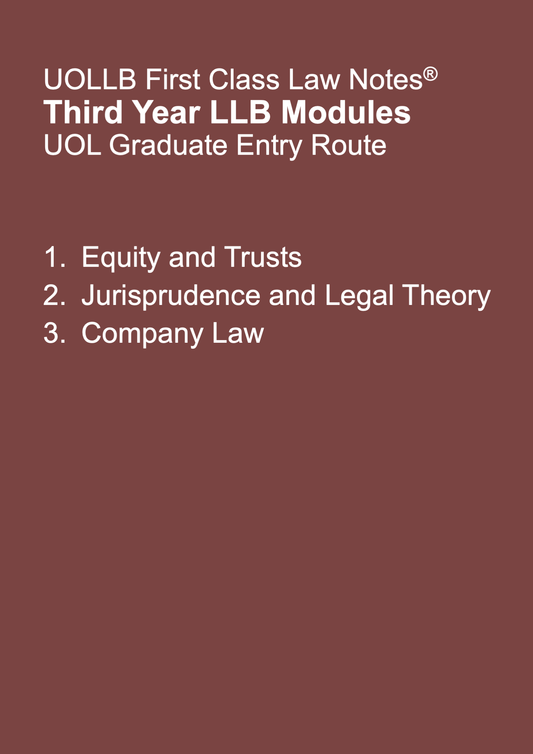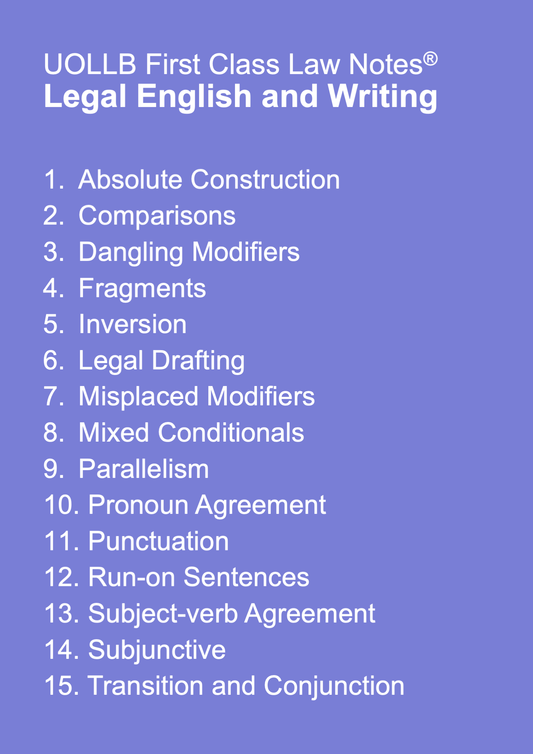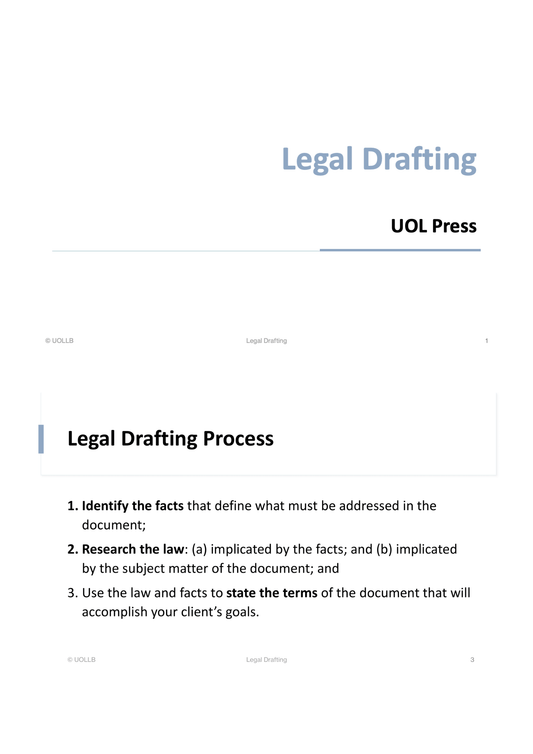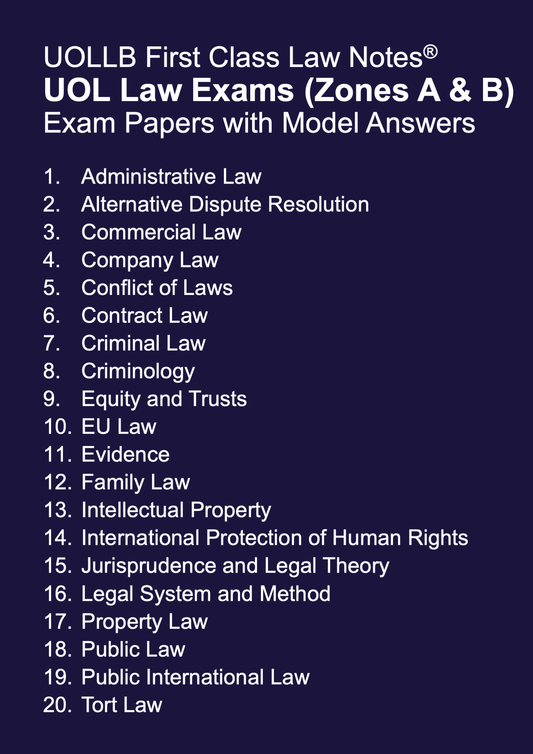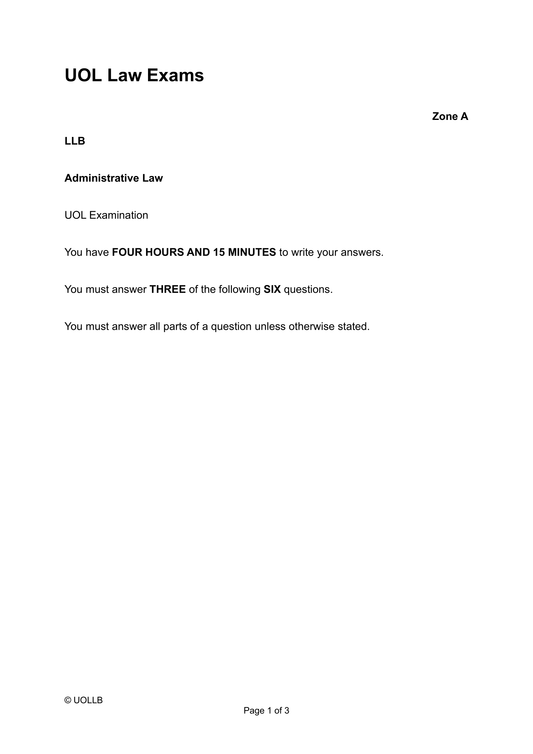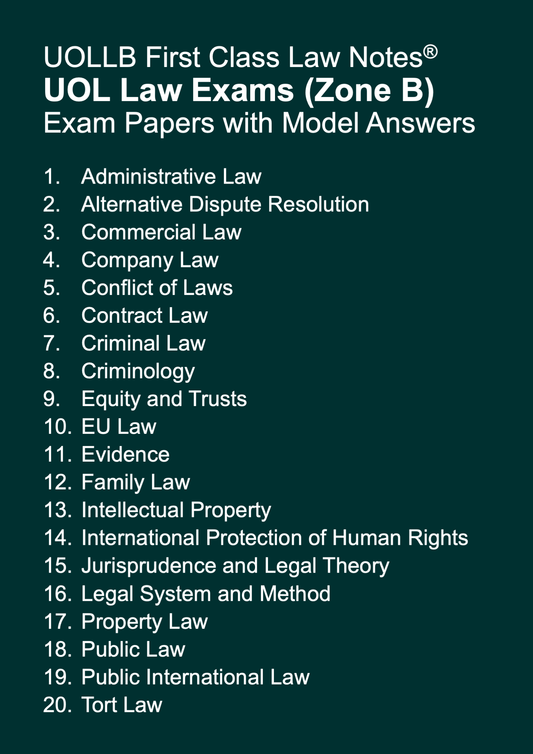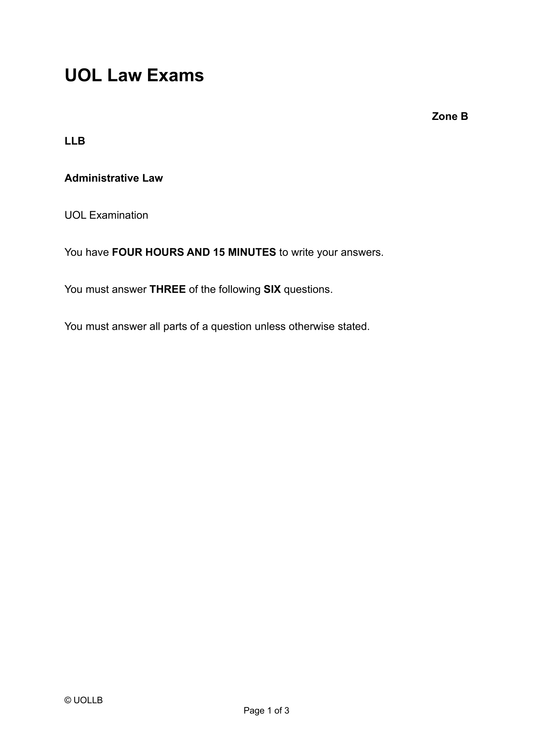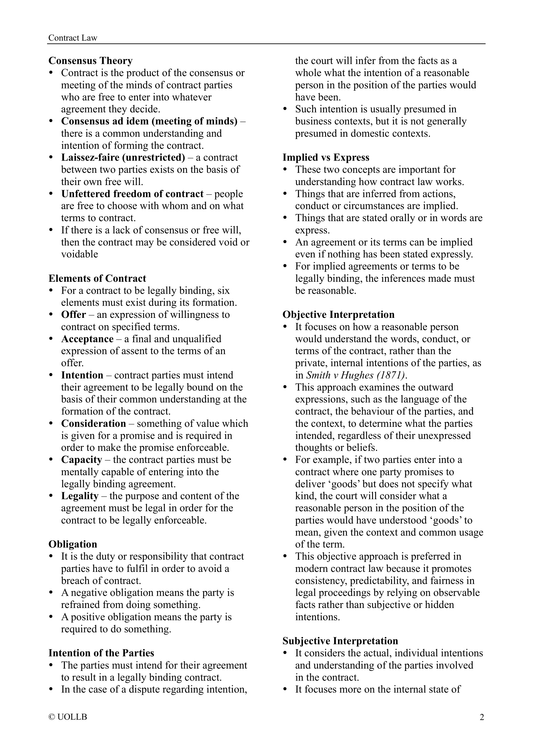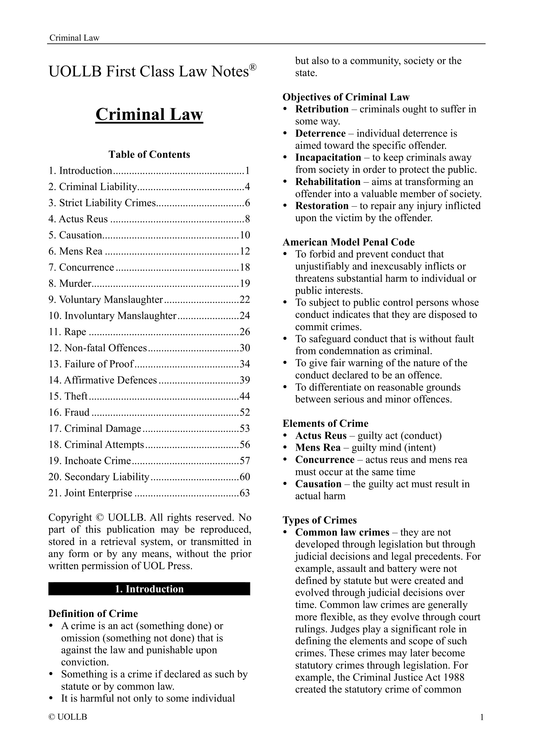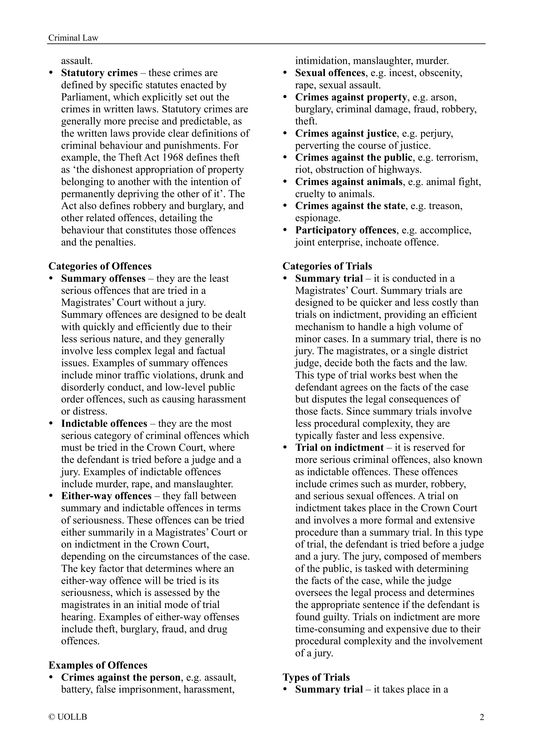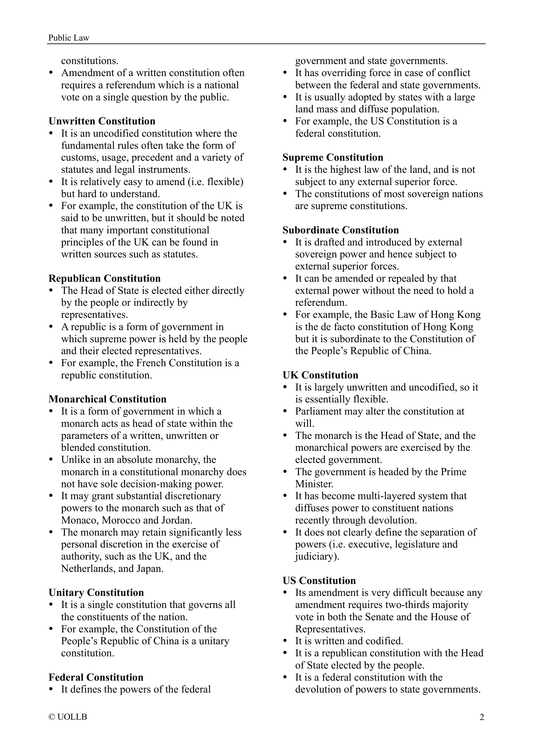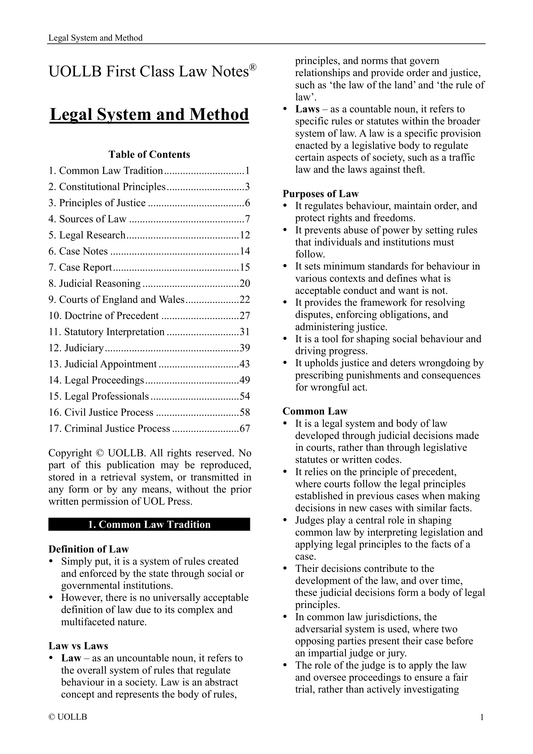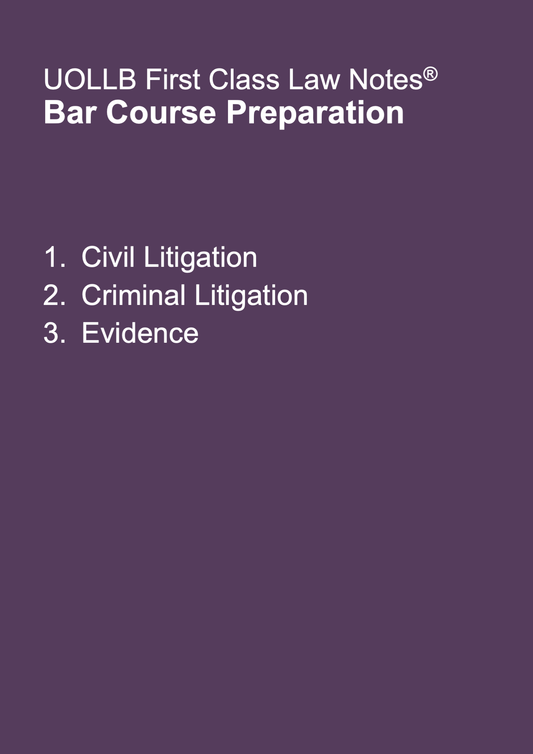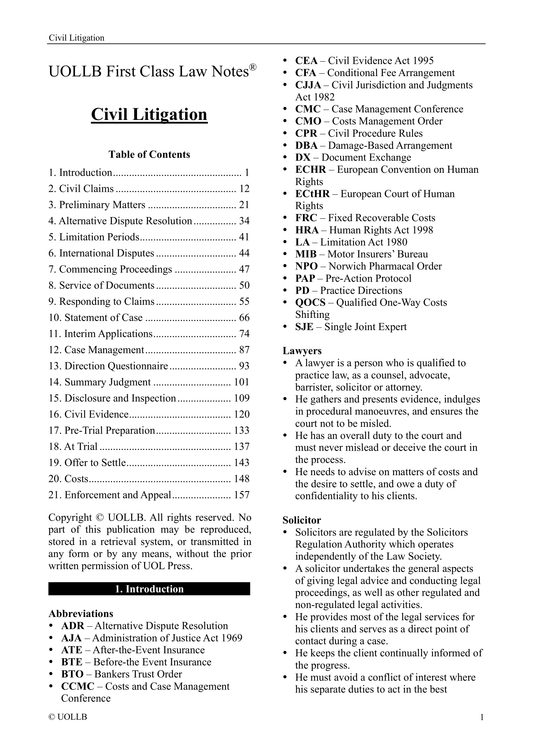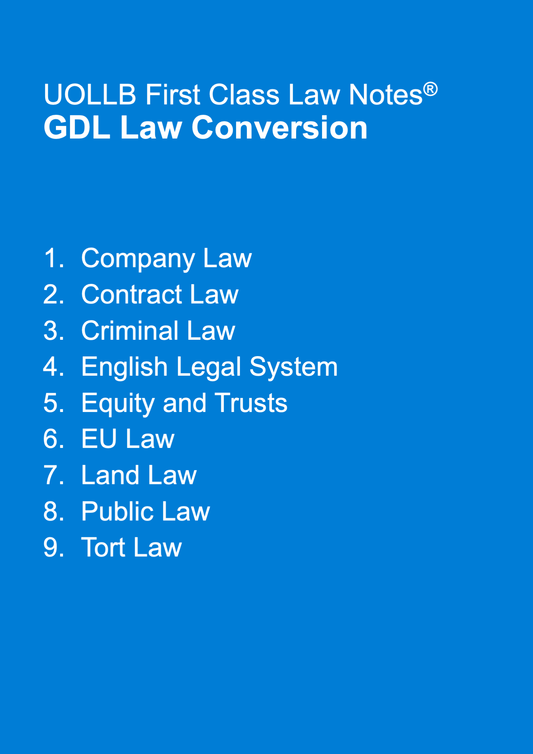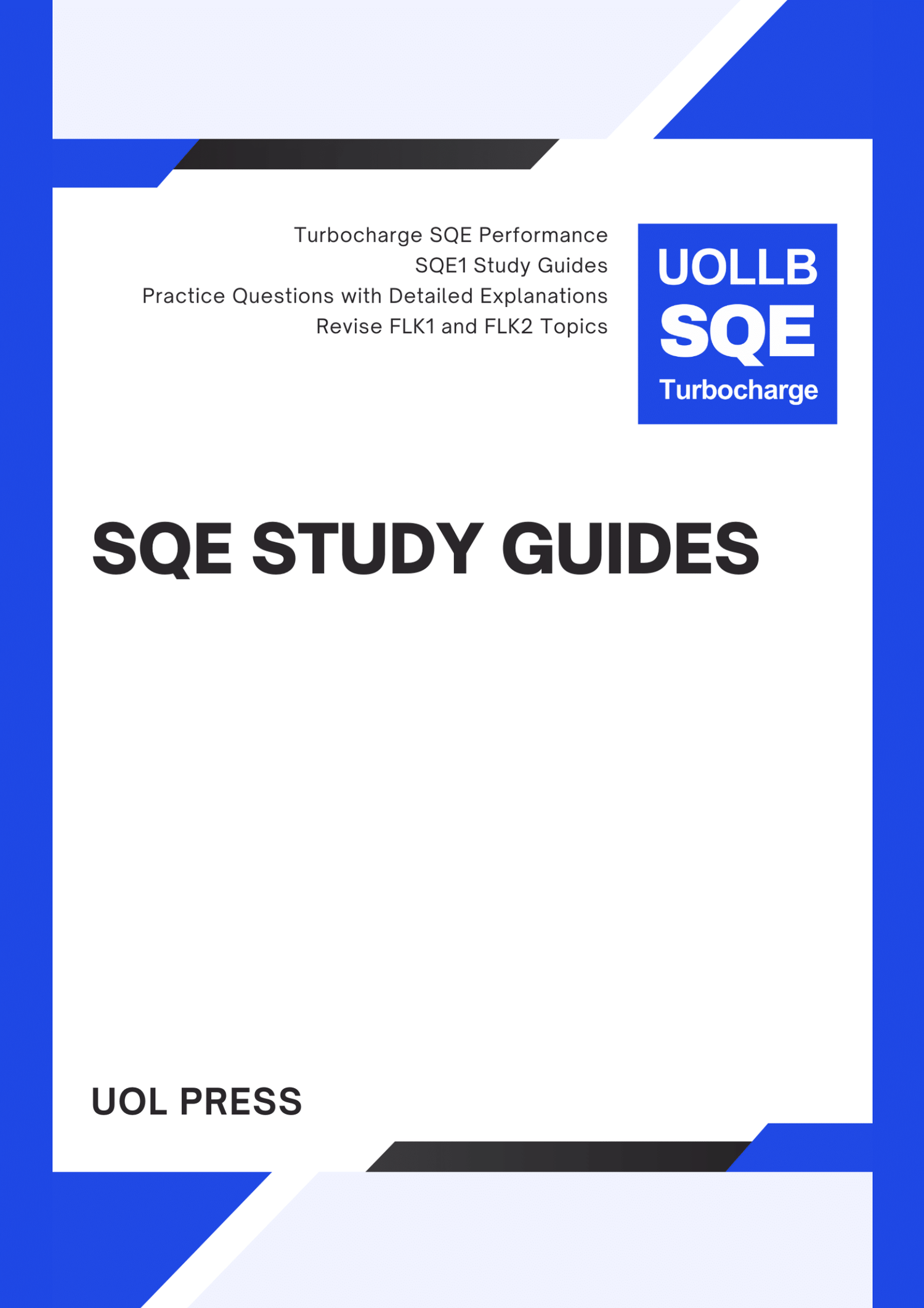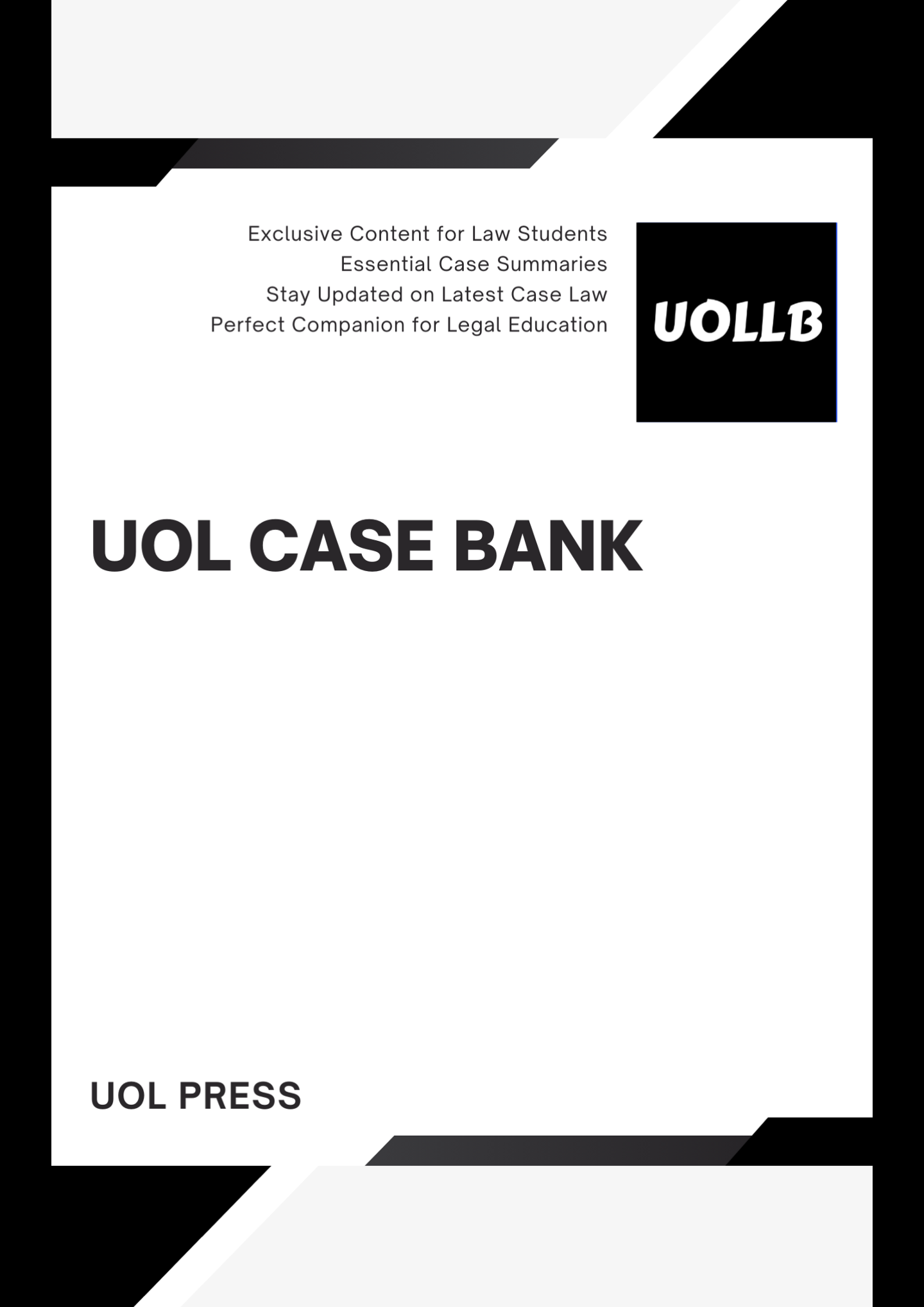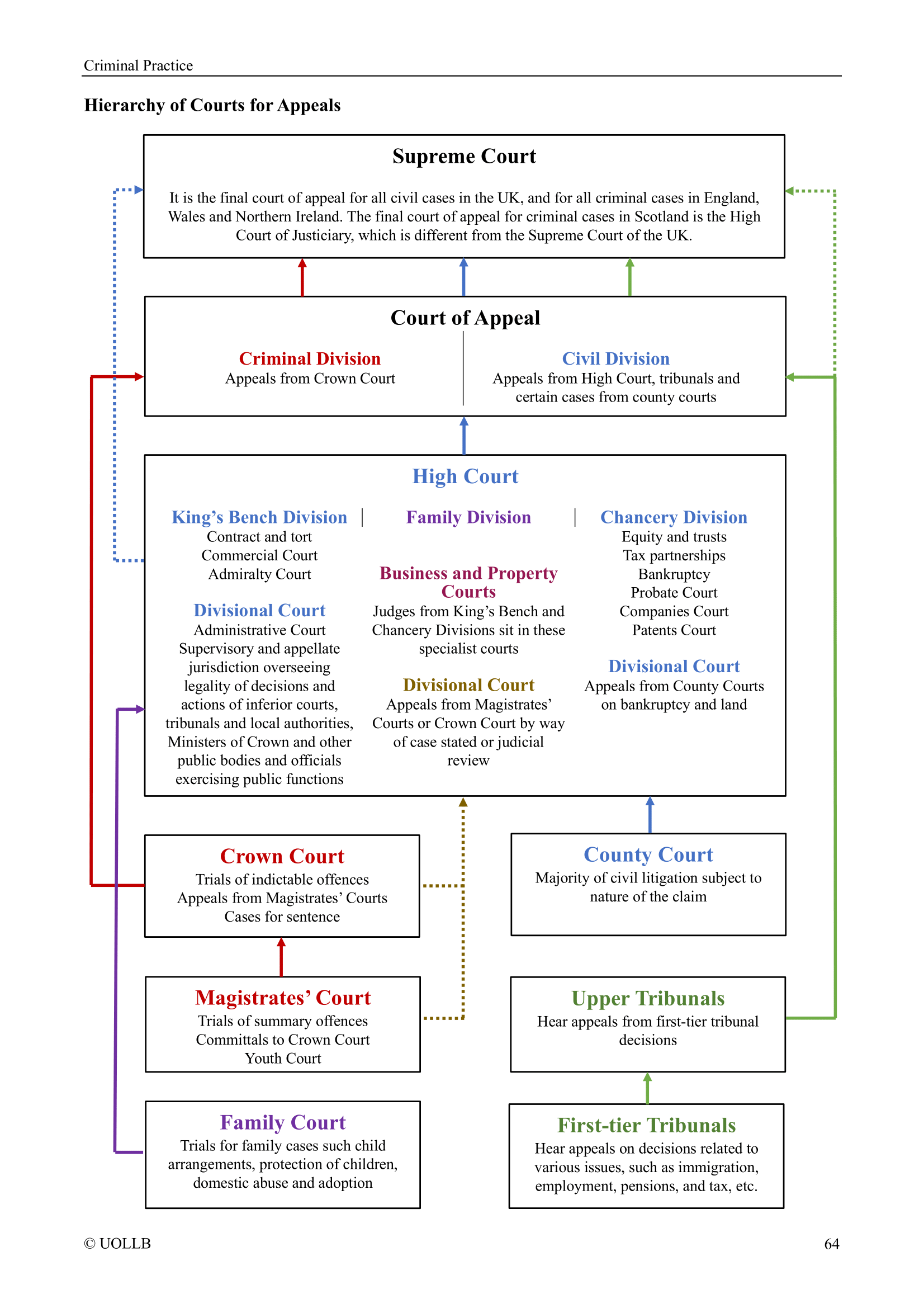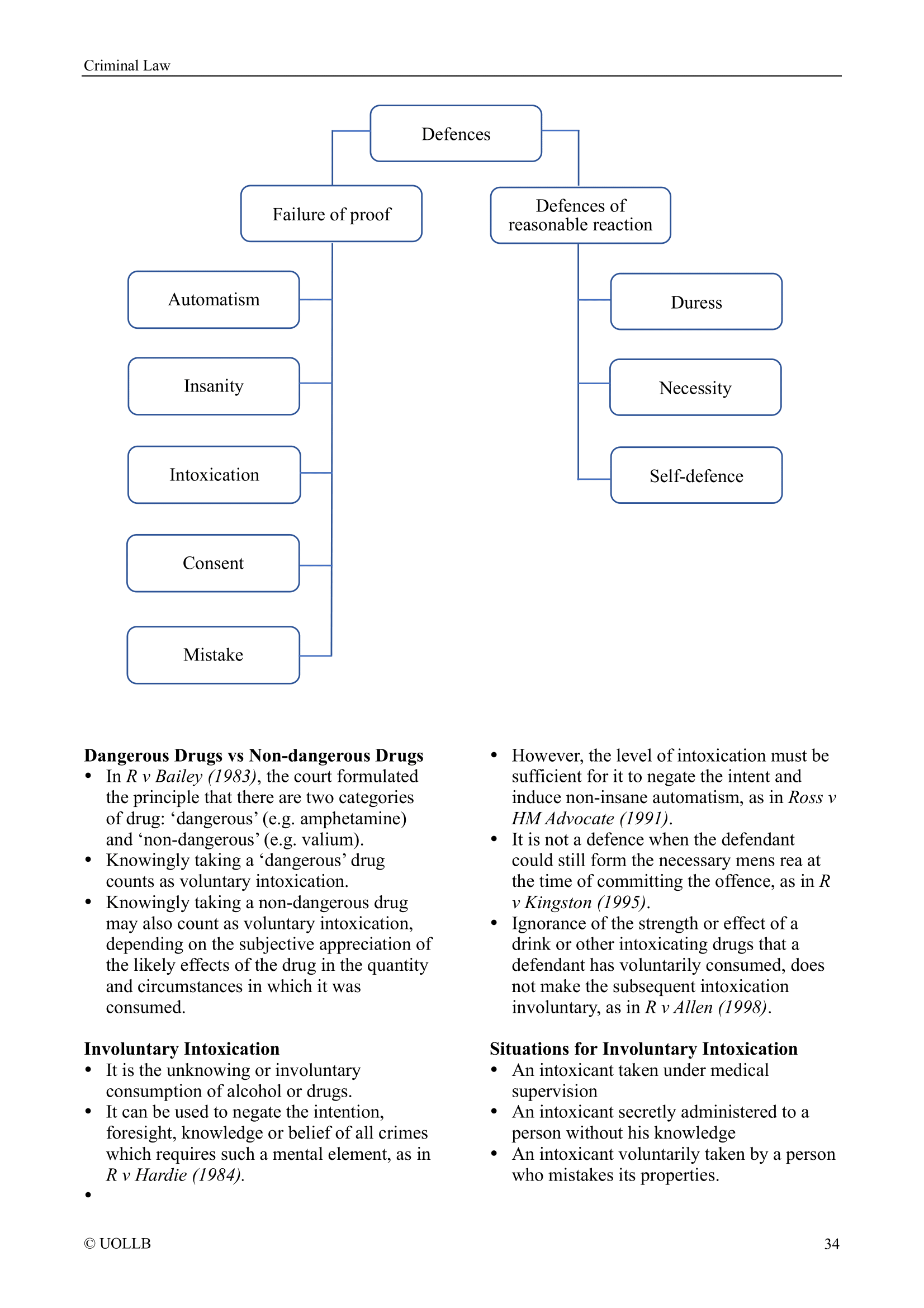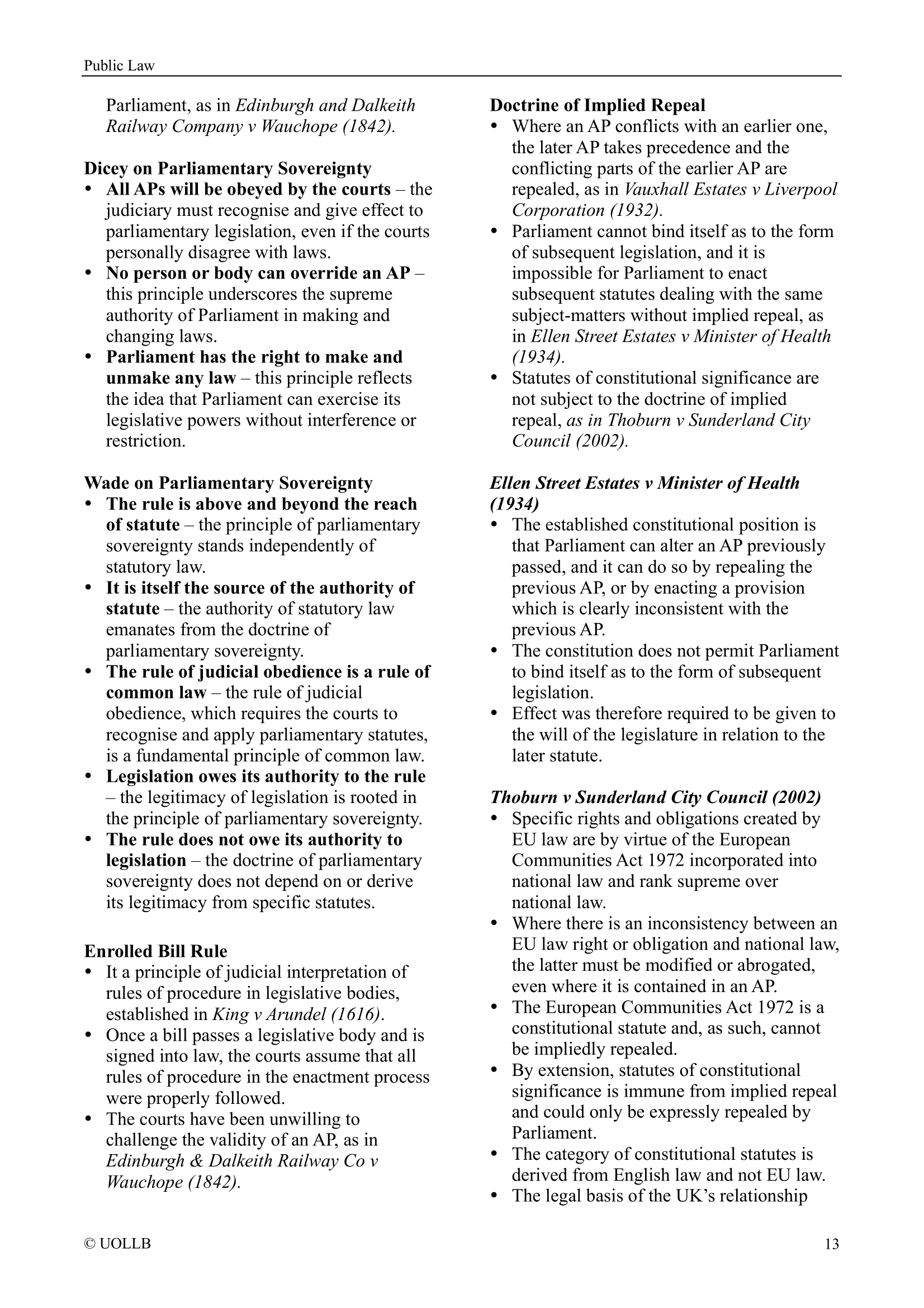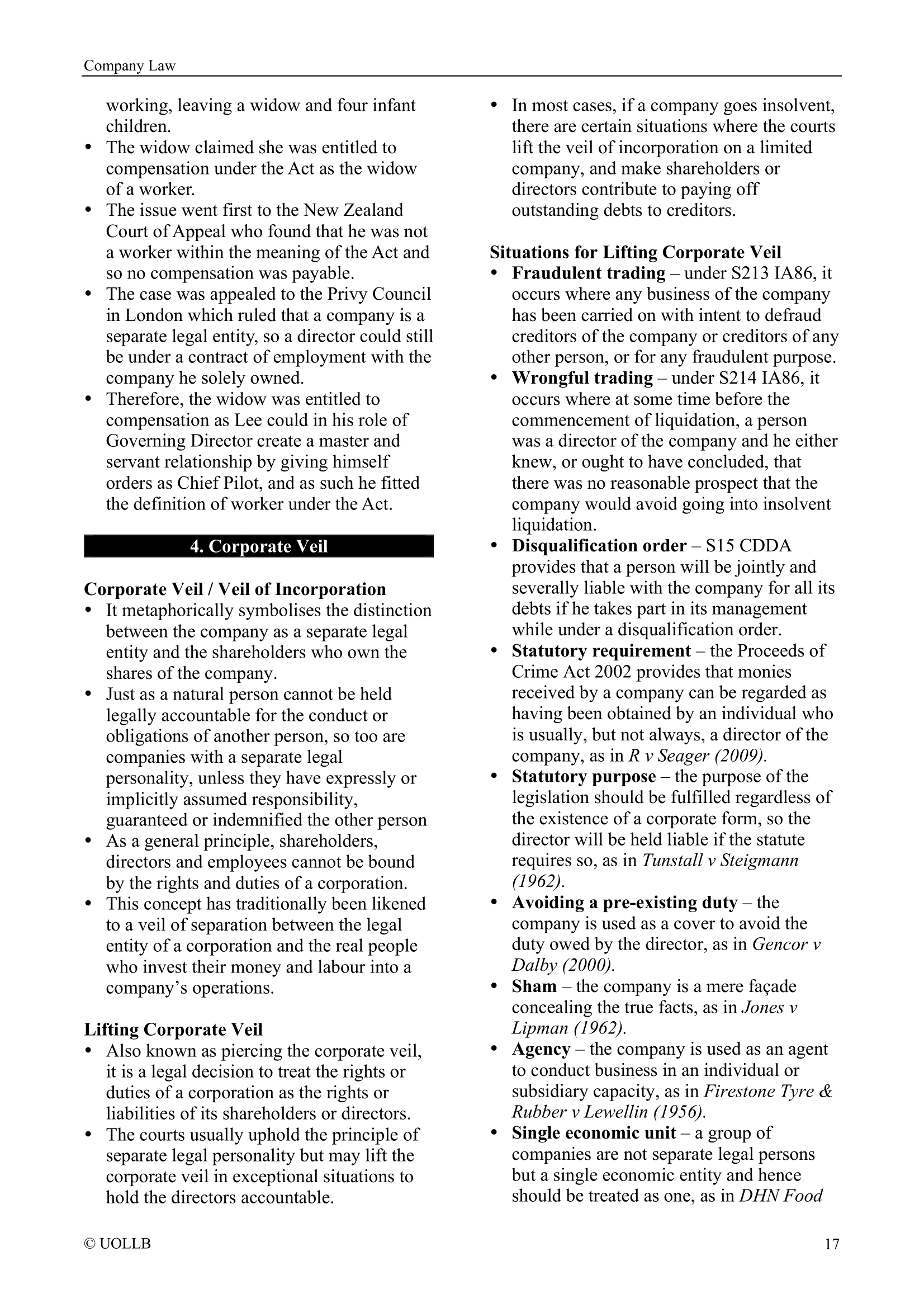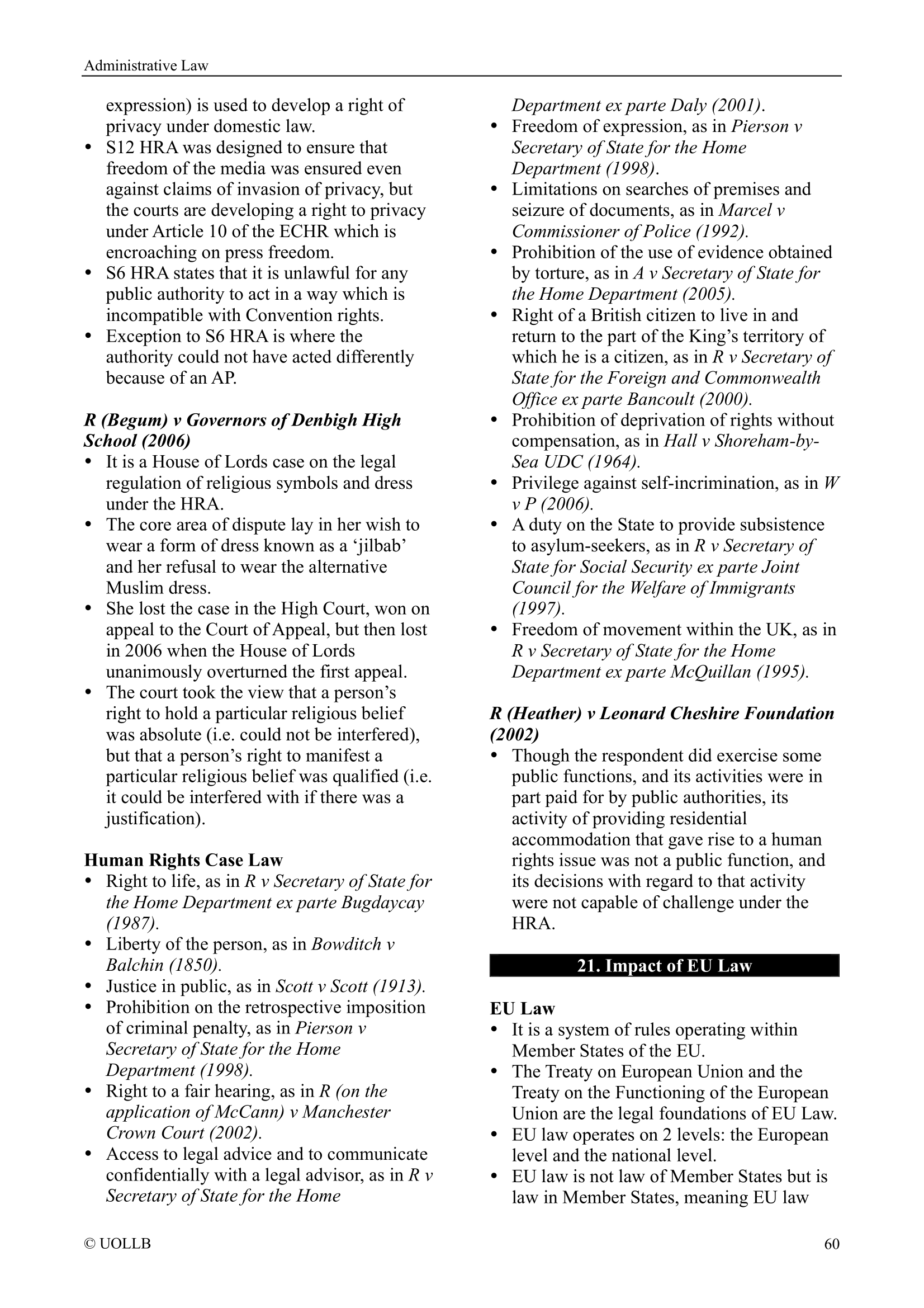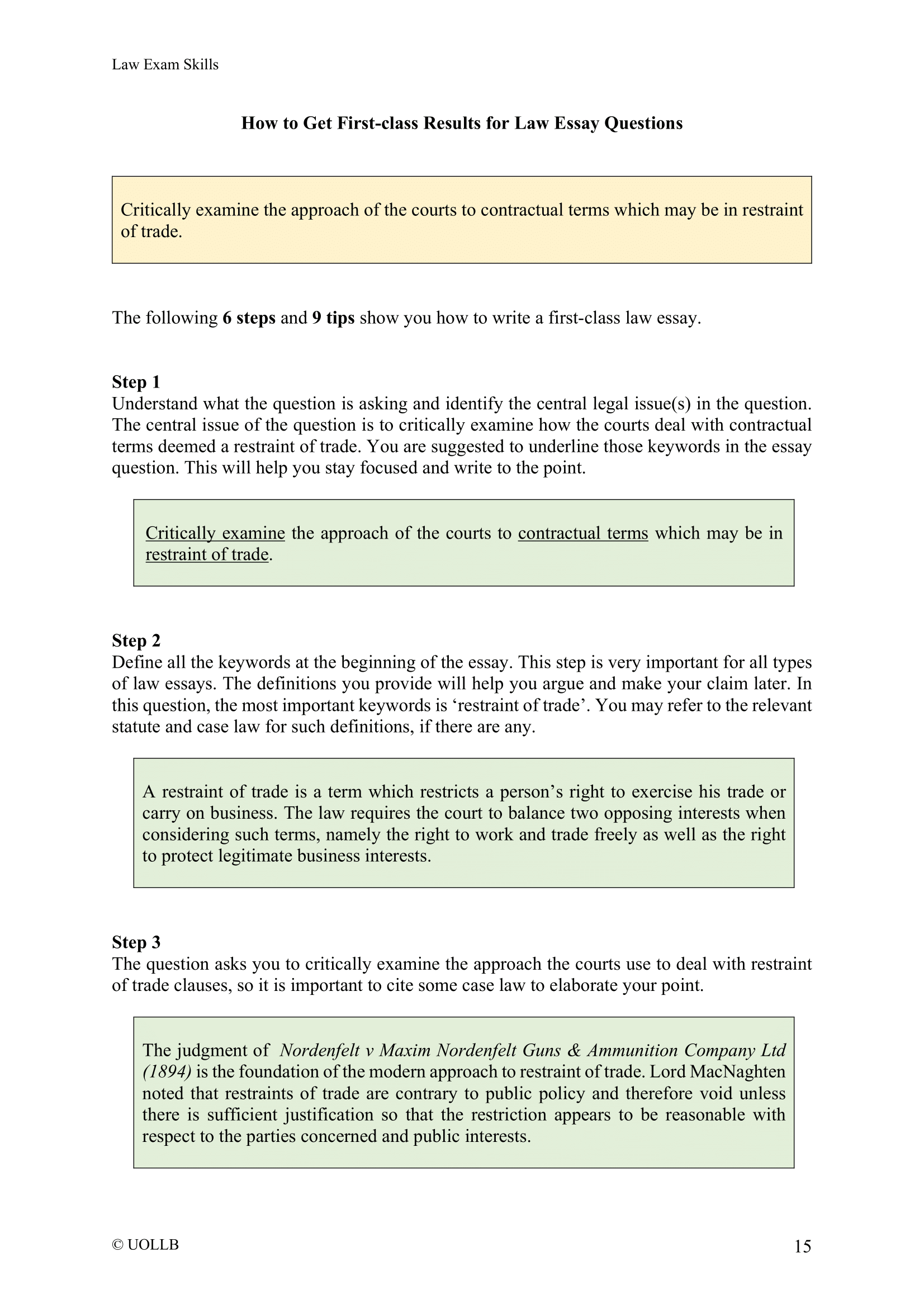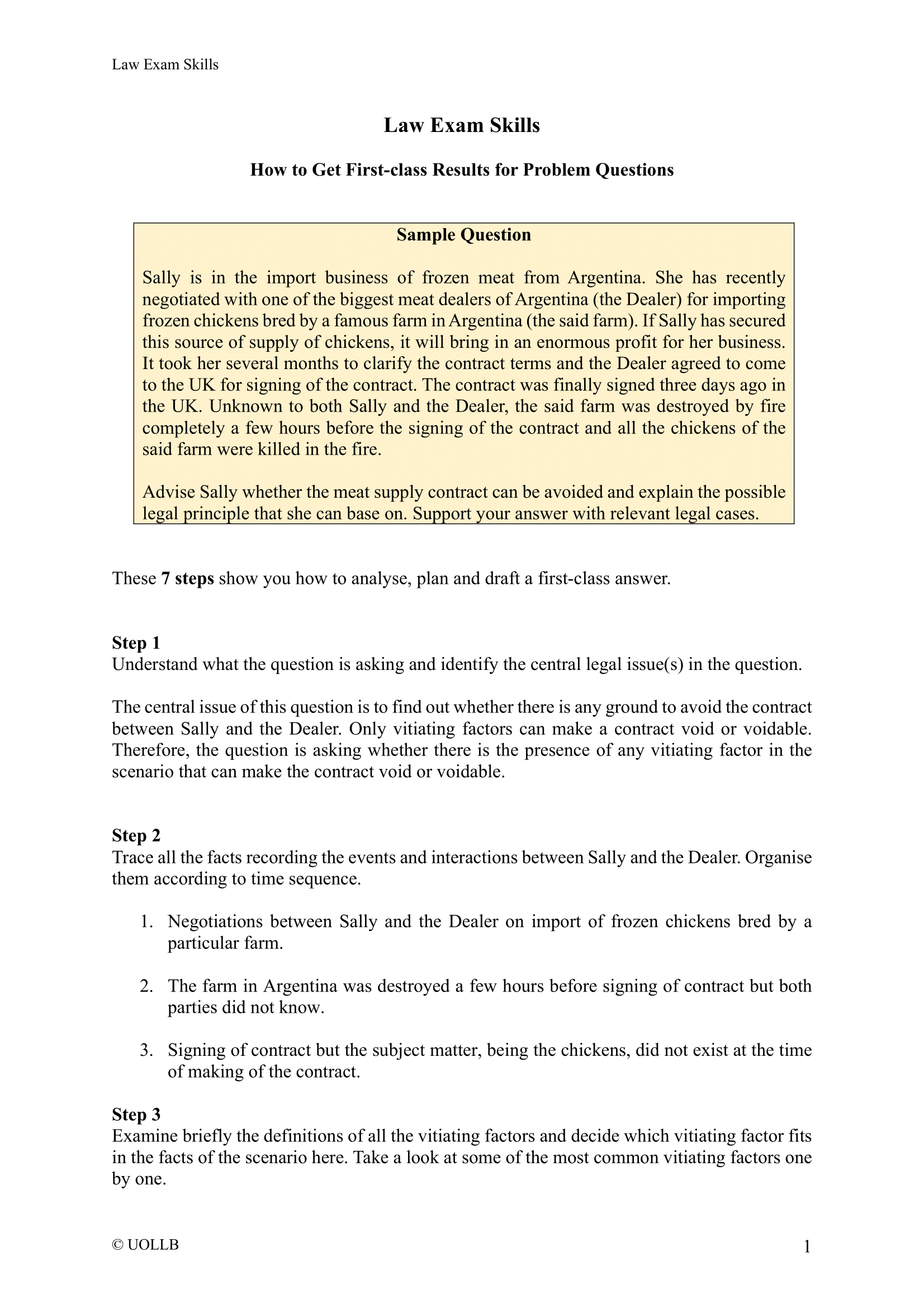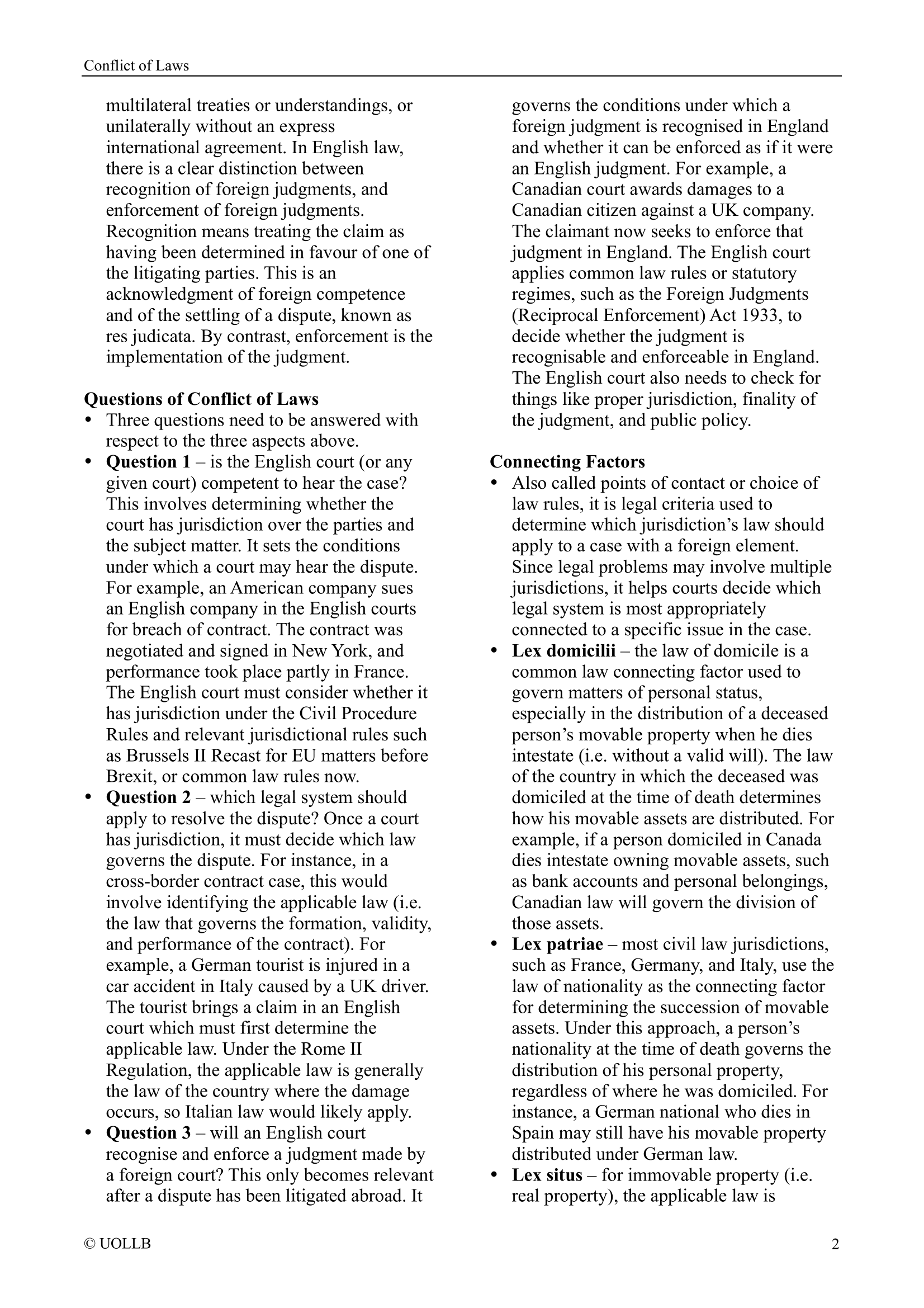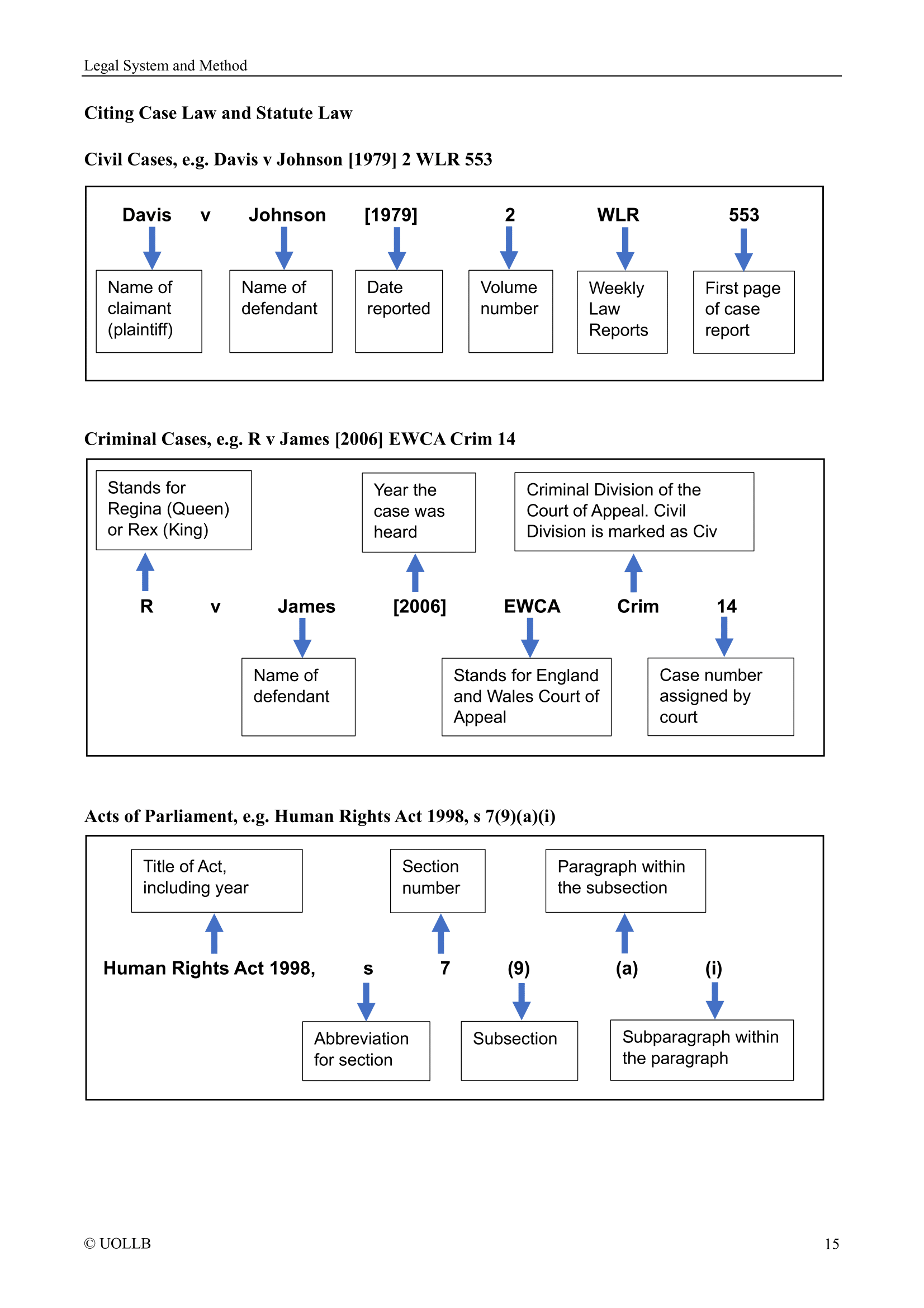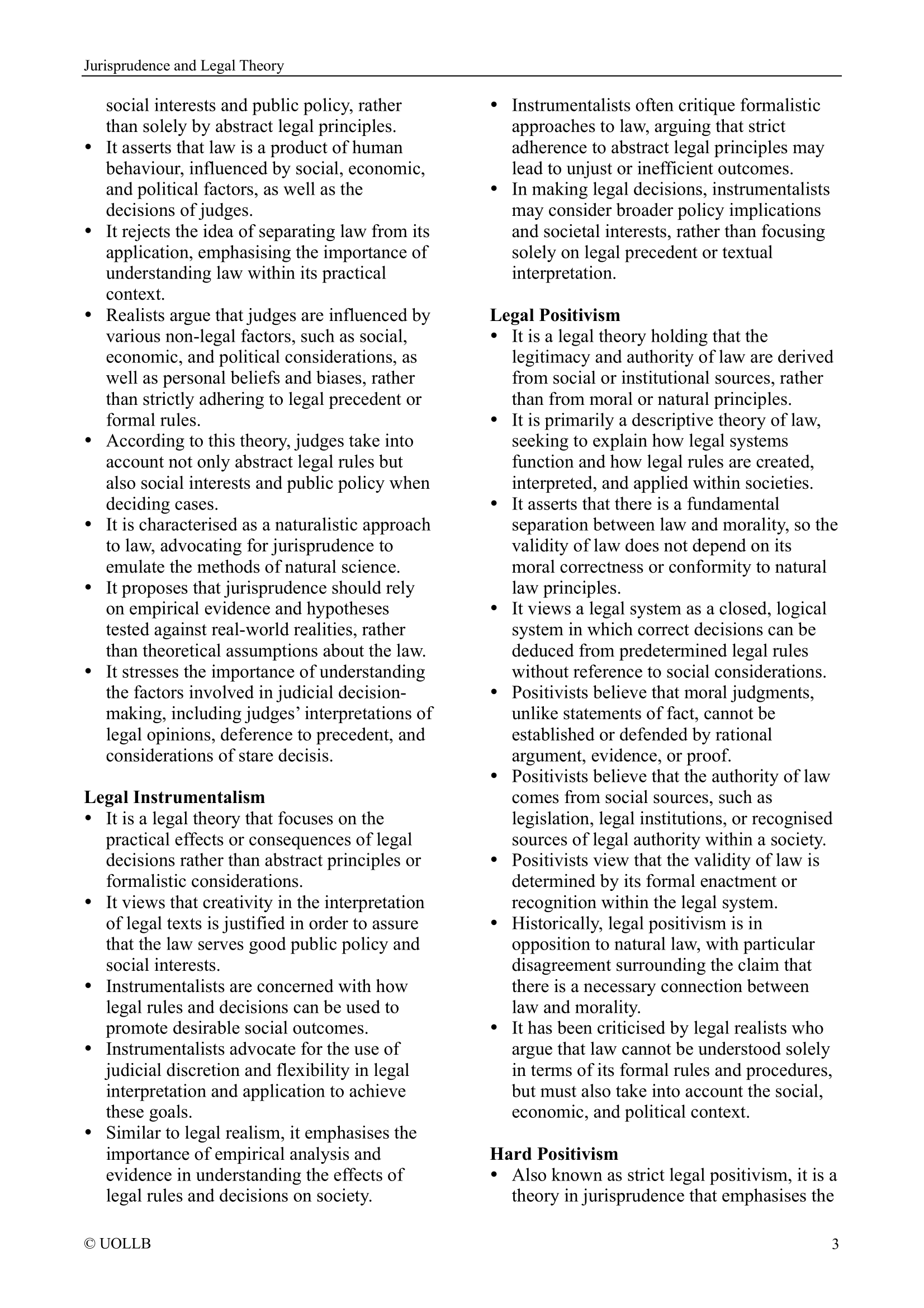Top 10 Legal Cases All US Law Students Should Know
Share
Marbury v Madison, 5 U.S. (1 Cranch) 137 (1803)
This foundational case established the principle of judicial review, allowing the Supreme Court to declare laws unconstitutional. Chief Justice John Marshall ruled that the Judiciary Act of 1789 conflicted with the Constitution and was therefore invalid. This decision cemented the Court’s role as the final arbiter of constitutional interpretation, ensuring the Constitution is supreme law, and courts can limit Congressional and executive actions that violate it.
Brown v Board of Education, 347 U.S. 483 (1954)
The Court unanimously held that racial segregation in public schools violated the Equal Protection Clause of the 14th Amendment, overturning Plessy v Ferguson’s “separate but equal” doctrine. Chief Justice Earl Warren declared that separate educational facilities are inherently unequal, making desegregation a constitutional mandate. This case was pivotal in the civil rights movement, setting a precedent for challenging racial discrimination in all areas of public life.
Roe v Wade, 410 U.S. 113 (1973)
The Court held that a woman has a constitutional right to choose to have an abortion under the right to privacy, grounded in the Due Process Clause of the 14th Amendment. The decision created a trimester framework for regulating abortion access. Though overturned in 2022 by Dobbs v Jackson, Roe remains a landmark for its expansion of privacy rights and the ongoing debate over reproductive freedom and state power.
Miranda v Arizona, 384 U.S. 436 (1966)
The Court ruled that suspects in police custody must be informed of their constitutional rights before interrogation, including the right to remain silent and the right to counsel. These “Miranda warnings” stem from the Fifth Amendment protection against self-incrimination and the Sixth Amendment right to legal representation. The decision fundamentally reshaped criminal procedure and law enforcement practices across the U.S.
United States v Nixon, 418 U.S. 683 (1974)
During the Watergate scandal, President Nixon refused to release Oval Office tapes, claiming executive privilege. The Court unanimously rejected this claim, ruling that no person, not even the President, is above the law, and executive privilege cannot obstruct justice. This case reaffirmed checks and balances, limiting executive power and ensuring the President is accountable to the judicial process. Nixon resigned shortly after the ruling.
Gideon v Wainwright, 372 U.S. 335 (1963)
Clarence Gideon was denied a lawyer in a Florida criminal trial. The Supreme Court held that under the Sixth Amendment, the right to counsel is a fundamental right and must be provided to indigent defendants in state courts through the Fourteenth Amendment’s Due Process Clause. This ruling ensured fair trials and led to the widespread establishment of public defender systems across the U.S.
New York Times Co. v United States, 403 U.S. 713 (1971)
Known as the “Pentagon Papers” case, the government tried to stop the New York Times from publishing classified documents on the Vietnam War. The Court ruled in favour of the press, holding that prior restraint was unconstitutional under the First Amendment unless publication would cause a direct, immediate, and irreparable harm to national security. This landmark case strongly protected freedom of the press against government censorship.
Plessy v Ferguson, 163 U.S. 537 (1896)
The Court upheld racial segregation laws under the “separate but equal” doctrine, ruling that segregated public facilities did not violate the 14th Amendment’s Equal Protection Clause. This case legitimised Jim Crow laws and racial discrimination for over half a century until overturned by Brown v Board of Education (1954). Despite its overturning, Plessy is crucial for understanding the history of constitutional interpretation and civil rights in America.
McCulloch v Maryland, 17 U.S. (4 Wheat.) 316 (1819)
Maryland tried to tax the Bank of the United States. The Court, under Chief Justice Marshall, ruled that states cannot tax federal institutions, and that Congress had the implied power to create a national bank under the Necessary and Proper Clause of Article I. The case affirmed federal supremacy and expanded Congressional power, laying the foundation for a broad interpretation of federal authority under the Constitution.
Obergefell v Hodges, 576 U.S. 644 (2015)
The Court held that same-sex couples have a constitutional right to marry under the Due Process and Equal Protection Clauses of the 14th Amendment. The majority found that denying marriage violated fundamental rights and treated same-sex couples unequally. This ruling legalised same-sex marriage nationwide, marking a significant moment in the evolution of civil rights and the interpretation of equal protection and liberty interests.
